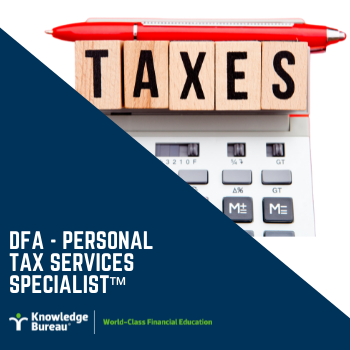Last updated: March 23 2022
The Select Luxury Items Tax Act

Jose L. Riquelme, CPA, CGA
In the market for a Tesla? Now would be a good time to purchase the luxury model, as Canada now has a new tax act: The Select Luxury Items Tax Act, slated to come into effect September 1, 2022 if proposals released March 11, 2022 are passed into law. The proposed 173 pages of legislation for Canada’s new luxury tax, first introduced in the April 2021 federal budget, targets buyers of luxury cars and aircraft with a retail price tag of $100,000 or more and boats valued at $250,000 or more. Here are the reasons why you need to pay attention:
For the fiscal 2020-2021, the Federal Government posted a budgetary deficit of $327.7 billion adding to a net federal debt of $1,048.7 billion – the highest in the history of our country. The federal debt-to-GDP ratio reached 47.6%, up from 31.2% in the previous year. This large deficit is mostly due to the efforts made by the Federal Government to mitigate the effects of Covid-19 in the lives of Canadians. However, budgetary deficits did not start with the pandemic; they started from the very first term of the Liberals’ government.
These deficits are unsustainable, the only way to stop them is to either substantially grow the economy (there is no magic recipe here), drastically reduce expenditures (which is very  unpopular and may even hasten a recession), increase taxation, or a combination of all of the above.
unpopular and may even hasten a recession), increase taxation, or a combination of all of the above.
One of the targeted ways the Federal Government intends to raise additional revenue is through the application of a Luxury Tax. While the new tax will initially affect new luxury cars and aircraft, there is no guarantee it won’t apply to other goods down the line.
For now, the tax would be calculated at the lesser of 20 per cent of the value above these properties or 10 per cent of the full value of the luxury vehicle, aircraft or vessel.
For example, a luxury vehicle worth $110,000 (before GST/HST and Provincial Sales Tax) would be subject to the lesser of (a) 10% of the total value = $11,000 or (b) 20% of the of the value above $100,000 = $2,000 [($110K - $100K) * 20%]. Therefore, the luxury tax would be (b) $2,000.
For a yacht worth $500,000 before GST/HST and Provincial Sales Tax) would be subject to the lesser of (a) 10% of the total value = $50,000 or (b) 20% of the of the value above $100,000 = $80,000 [($500K - $100K) * 20%]. Therefore, the luxury tax would be (a) $50,000.
Effectively, this tax would be paid by the final consumer. Dealers of luxury goods that hold these items for sale (inventory) do not pay the tax unless they change their use to a capital asset. There are exemptions of this tax for luxury goods used for commercial purposes such as rental boats, cargo and transportation aircraft, and vehicles or aircraft used for a police or fire department, hospital, municipal or indigenous governing body, airport authority, and for military use.
The reporting of this tax would be based on calendar quarters and returns would be due at the end of the month following the quarter. The full amount of the tax payable would be due with the return; this may create an added financial burden on vendors that sold the items on credit.
Although we need further revenue to cover our deficits, it is critical to put the right incentives for economic growth. We need to attract more foreign capital and high net worth individuals willing to invest and spend in Canada. The administrative burden and regulations arising from this tax increases the costs to the industry and makes it less competitive. High net worth individuals may go South or somewhere else in search or friendlier jurisdictions. For now, it seems unlikely that Canada will be the next place in which Jeff Bezos will buy his next multi million-dollar yacht.
This tax was slated to come into force starting January 1, 2022; however, now, subject to parliamentary approval, the tax will come into effect September 1, 2022. The proposals are now open to public consultation.

